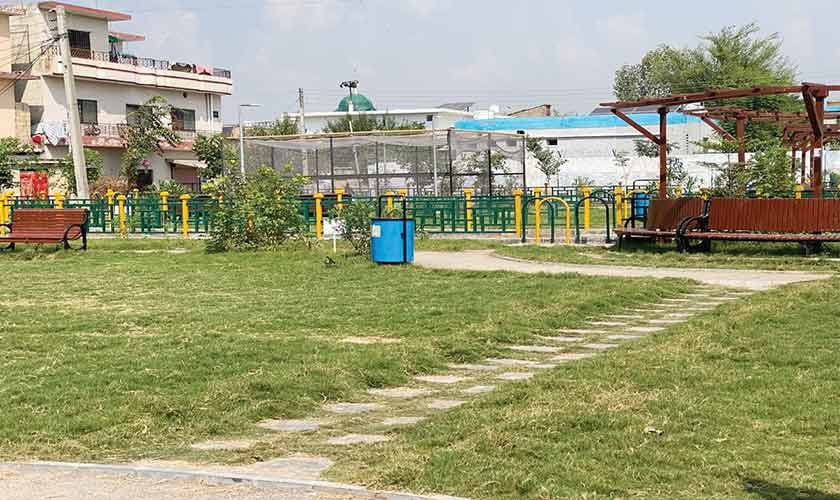Thousands of residents of Farash Town and James Town in the twin cities are celebrating improved access to clean drinking water. In addition to this vital resource, they have also acquired valuable skills such as water reuse and aquifer recharge through rainwater harvesting techniques. These achievements are part of a comprehensive megaproject focused on enhancing water security.
The initiative is a collaborative effort between the World Wildlife Fund (WWF) Pakistan and the Australia-Pakistan Water Security Initiative, an Australian Aid-funded project aimed at strengthening cooperation between Australia and Pakistan on urban water resources management. This megaproject consists of a series of smaller projects, all scheduled to become operational by the end of December and expected to be maintained with active community involvement.
The primary goal of the project is to tailor, adopt, and demonstrate the Water Sensitive Cities approach in Pakistan. Both Islamabad and Rawalpindi are among the cities anticipated to face increasing water scarcity in the coming years. As a pilot, the project focused on two neighborhoods within these twin cities: James Town in Rawalpindi and Farash Town in Islamabad.
James Town is home to over 450 Christian households and has long struggled with acute water shortages. Farash Town, with a population exceeding 20,000, also faces severe water scarcity and declining groundwater levels.
Yasmin Bibi, a resident of Farash Town, shared her experience with The News on Sunday: “Our area had a severe water shortage. The water table had also gone down. With the help of these projects, we were able to recharge the aquifer and get water from filtration plants installed at various places in the town.”
WWF installed seven water filtration plants—five located throughout the neighborhood and two within large local schools—providing clean drinking water to approximately 24,500 people. Remarkably, these filtration plants are maintained by the community itself.
Imran Ali, another resident, described the impact: “This is a blessing for us. Earlier, many families had to travel to the Chak Shahzad government filtration plant to fetch water, often hiring a rickshaw. Now, we have clean drinking water right at our doorstep.”
He added, “Before this project, many who could afford it were selling their properties and moving to other parts of the city due to water shortages. Now, our lives and priorities have changed. It is such a relief not to have to go out of our way for something as basic as water.”
Since its inception in April 2021, the WWF has installed a wide array of infrastructure in both communities. In James Town, these efforts include 275 rainwater harvesting systems (RWHS), six water recharge interventions, two green spaces, three filtration plants (two large, one small), 15 solid waste skips, two rain gardens, and a sewerage system servicing 450 houses.
In Farash Town, WWF implemented 375 rainwater harvesting systems, four ablution water reuse systems, 31 recharge interventions, three green spaces, three communal RWHS, seven filtration plants (five large, two small), four solid waste skips, and two rain gardens.
Farah Nadeem, the project lead, emphasized the importance of such initiatives: “These projects serve as serious demonstrations of sustainable water management models and create much-needed awareness about water security.” She further noted that water security topics have been integrated into the local school curriculum as part of the initiative.
Through this project, WWF-Pakistan has not only improved access to safe water and sanitation for two disadvantaged communities but also enhanced community resilience to climate change and other water-related challenges. Capacity building for key stakeholders on water use and conservation has been another critical outcome.
Pakistan is one of the most water-stressed countries globally, with an average per capita water availability of just 964 cubic meters annually. Scientific studies indicate ongoing depletion of groundwater resources, exacerbating climate change-induced vulnerabilities for millions already suffering from shortages of water, food, health services, and energy security.
This collaborative water security initiative offers hope and a sustainable model for addressing Pakistan’s urgent water challenges, directly benefiting communities in the twin cities and beyond.
https://www.thenews.com.pk/tns/detail/1346830-covering-the-basics
